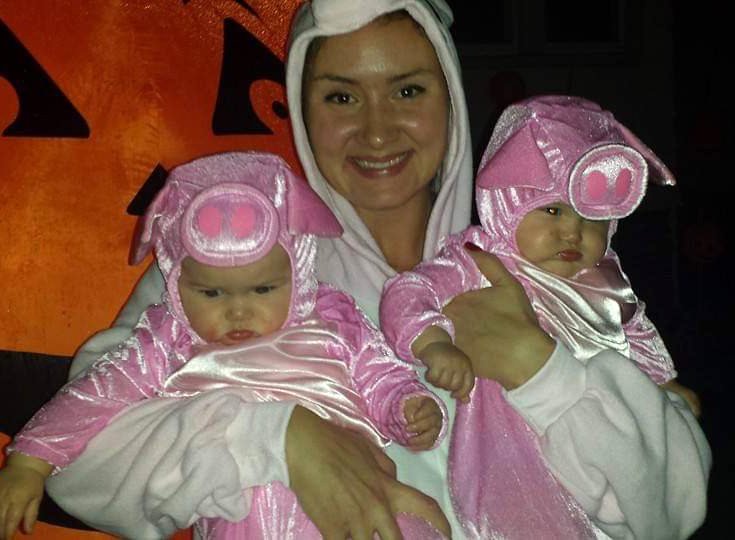We recently teamed up with Kristin Louis, writer and researcher of all things parenthood on parentingwithkris.com. Over the years, Kristin has done A LOT of late-night Google searching trying to figure out how to be a better parent. Not all of the resources she found were useful; most consisted of the same things people read everywhere. So, she decided to compile a list of parenting resources that offer real, useful advice for raising children well through every age and stage. Read below for the advice she provided our Bell Family readers.
Becoming a parent is often one of the most rewarding and challenging decisions in a person’s life. Raising children is never easy, but it is undeniably fulfilling. From your child’s first steps to the day they get their driver’s license, watching them grow up is a beautiful journey unlike any other. There is no handbook for parenting — every child is a little different, and no two families are exactly alike. However, there are a few general suggestions that are applicable to most children. These essential parenting tips can help you guide your child through each stage of life.
Infancy
During the baby years, your child needs an established routine — and according to Nanit, sticking to a specific bedtime routine is especially crucial. A daily routine will help you both sleep through the night, get your baby used to eating at the same times each day and help them feel more comfortable around other people with regular social outings. It will also make planning your week much simpler and less stressful.
As a new parent, getting into a routine will make navigating this stage of life much easier — yes, life with a baby will always be somewhat unpredictable, but a baby with a settled routine will be much happier and healthier than a child whose day-to-day life is relatively unstable.
Toddlers
Toddlers are often strong-willed and mischievous. The phrases “the terrible twos” and “three-nager” can certainly worry parents! When your child is a toddler, it’s important to stick with consistent and effective disciplinary habits.
This is the stage when children begin to learn a sense of morality and distinguish right from wrong. They will often try to push boundaries to see how much they can get away with. As a parent, it’s important to teach them that these actions have consequences, without being too strict and harsh. Remember, it’s not about taking out your frustration or merely punishing your toddler — it’s also about helping them learn important lessons and showing them that we need to treat people the way we would want to be treated. It’s a balancing act.
Teenagers
Teenagers have a reputation for being rebellious — it’s a natural part of growing up. However, youthful recklessness can also lead to negative outcomes. As a parent, you may be concerned about your teen’s safety. You can take steps to safeguard your house by locking up the liquor and medicine cabinets. If you’re not particularly tech-savvy, you can hire a professional to set up parental controls and other security measures on your home computer.
Worried about where your teen is running off to at night? Installing motion-activated security cameras can give you peace of mind (hiring installers costs $1,473 on average in NYC). Yes, these actions may sound a bit extreme, but you can decide what is necessary to ensure your child’s safety (and your home’s security).
Leaving the Nest
When your child gets older, they might leave for college, but they still need your love and advice. According to Grown and Flown, scheduling weekly phone calls will help you stay in touch while allowing your child to have their own space. As your child grows up and enters adulthood, you can cultivate a friendship based on mutual respect. And as they move through life and achieve their dreams, you can look back on their childhood with pride.
Parenting is always an adventure, and some days you’ll feel like your family is on an emotional rollercoaster. No parent ever has all of the answers, but understanding your child’s changing needs through every phase of life will help you raise them with confidence and compassion.
Looking to hire a babysitter or nanny in NYC? Bell Family Company provides fully vetted on-demand babysitting, including childcare for when a child is sick, full and part time nannies, baby nurses, temporary care and more! Learn why BFC is the best NY Childcare Agency servicing the tri-state area. BFC is the best in the business! Contact us today to hire a nanny in NYC or to book the best babysitters in NYC!













